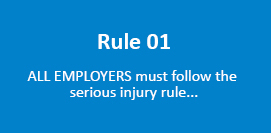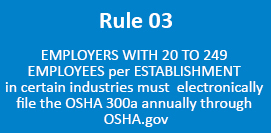Webinar information: 1 hour
Name: NEW Respirable Crystalline Silica Construction Standard
Date and hour: 9:00 am Thursday Nov 30th
The new Respirable Crystalline Silica in Construction Standard represents a significant change to how silica containing dust needs to be managed in the workplace. While previous requirements were limited to a maximum concentration in air that could not be exceeded, the new requirements establish a comprehensive silica standard that focuses on exposure prevention through engineering and administrative controls as well as a reduced allowable air concentration. The standard includes the following requirements:
- Companies must assess their operations to identify those tasks that generate silica containing dust (essentially, all concrete related operations)
- Develop a written Exposure Control Plan (ECP) that establishes how each of these tasks will be conducted to protect workers
- Identify at least one Competent Person
- Control access to work areas where silica dust may be generated so workers not involved in the operation are not exposed
- Provide medical surveillance to those employees who are required to wear respirators more than 30 days per year
- Eliminate housekeeping activities that tend to generate dust (e.g. dry sweeping and use of compressed air)
- Train all employee who are exposed to silica on the standard requirements and Company’s ECP
- Maintain detailed records
The standard is much more comprehensive than previous dust control requirements and different compliance approaches can be taken, from using the Table that OSHA provides for common workplace activities, to conducting your own exposure assessments. This webinar will provide an over view of all of these topics and discuss the different compliance approaches.
To download the presentation click here















